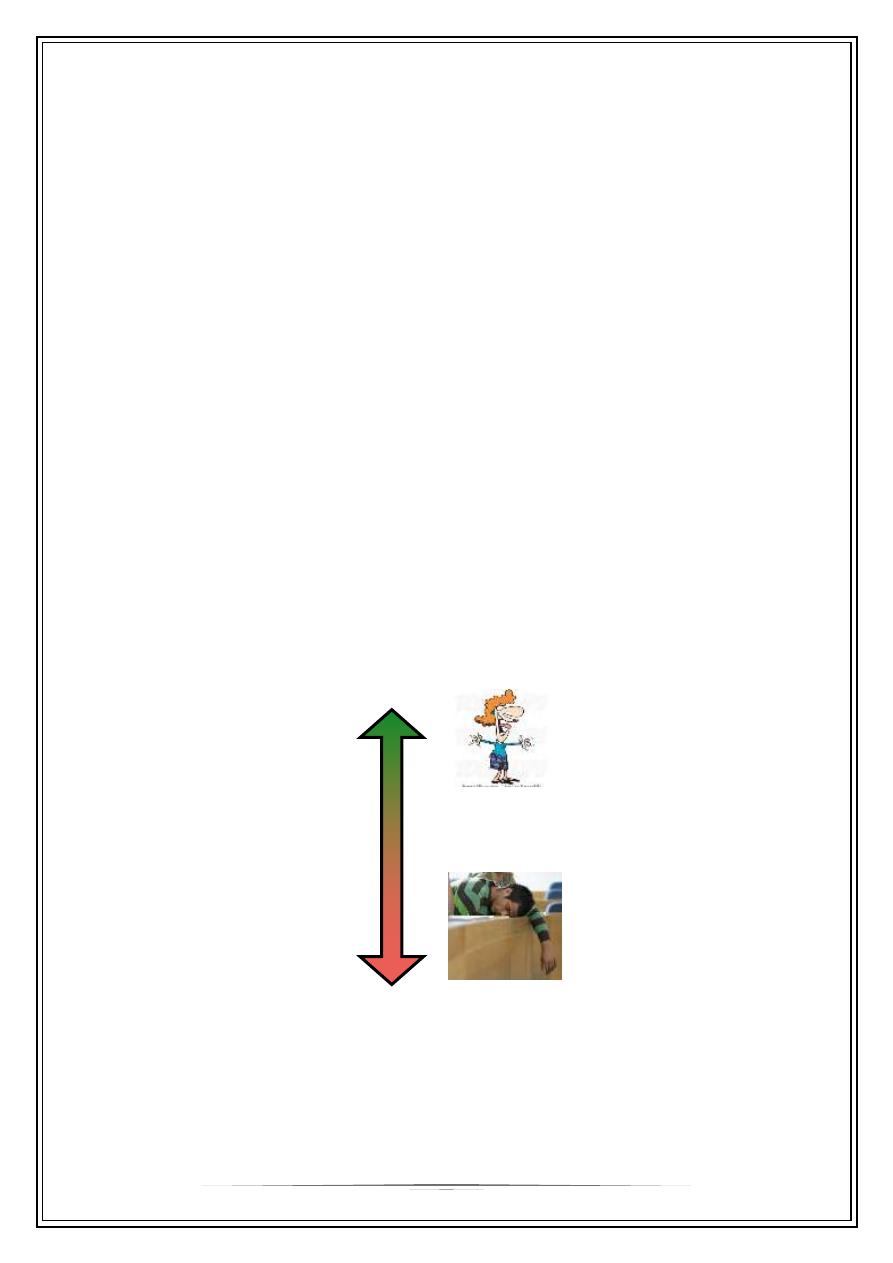
Fifth Stage
Psychiatry
Dr. Ahmed - Lecture 2
1
Delirium
•
acute confusional state
•
acute brain failure
•
encephalopathy
•
global cognitive impairment
•
Hippocrates “phrenitis”
•
Cognition is derived from Latin and means knowledge by experiencing and
perceiving. Cognitive functions include:
•
orientation, thinking, perception, language, reasoning, and remembering
and intellect,
•
Intellect means the ability to understand and comprehend.
•
Delirium is an acute reversible disturbance of cognition associated with
disturbance in the level of consciousness
•
It can occur at any age, but it occurs more commonly in patients who are elderly
and have a previously compromised mental status
Agitated (out of control
(
Hyperalert
)
vigilant)
Alert (normal
(
Drowsy (lethargic
(
Obtunded (difficult to wake
(
Stuporous
)
v
.
difficult to wake
(
Comatose (unable to wake
(
Epidemiology and diagnosis of delirium
•
Delirium affects 11-16% of medical and surgical patients with
•
Children and elderly are more frequently affected
•
Highest incidence in ICU
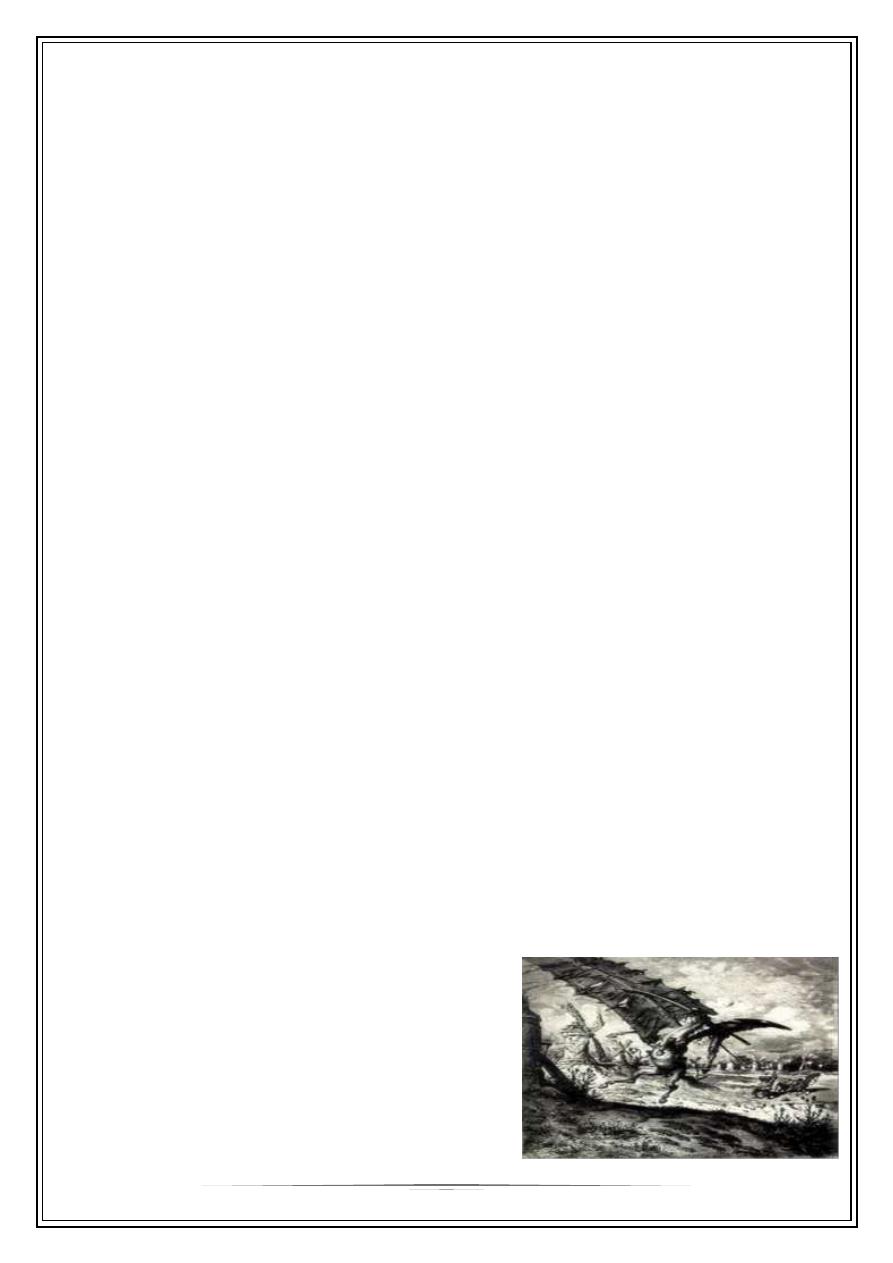
2
Delirium is common:
•
Common in the general population
-
0.4% of all people
-
1.0% in individuals over 55(over 10% in those >85)
-
60% of nursing home residents
•
Common in the medical setting
-
10-30% of elderly in the ER
-
20% of all medical admissions
-
4-53% among hip fracture patients
-
4-28% of elective surgery patients
-
13-72% of cardiac surgery patients
Causes
•
Drug intoxication, withdrawal from alcohol (delirium tremens),barbiturates and
sedative-hypnotic following prolonged usage, metabolic disturbances, CNS
infections,CNS pathology,hypoxia,endocrinopathies,HT,shock,toxins or drug,heavy
metals(lead,mercury) head injury, and nutritional and vitamin deficiency and
following generalised seizures, petit mal status, and partial complex seizures
Clinical features
•
The symptoms are usually fluctuating with worsening at night.
•
1-disturbance of consciousness(inattention and distractibility).Assessed by asking
the patient to name the days of the week in reverse order
•
2-memory impairment:assessed by asking the patient to recall 3 words.
•
3-impaired orientation;disorientation to time,place but rarely to person.
•
Overctivity, irritability, and sensitivity to noise, fear, suspiciousness. Visual
hallucinations (frightening scenes) and misinterpretation of shapes, patterns, and
colours (illusions) are common. Auditory
(threatening voices) and tactile
hallucinations (crawling insects) may occur.
Delusions are often persecutory. Restless
patients resent interference and may
become aggressive. Some patients are
retarded rather than overactive. Patient’s
mood is labile with a mixer of fear, anxiety,
agitation, irritability, and depression
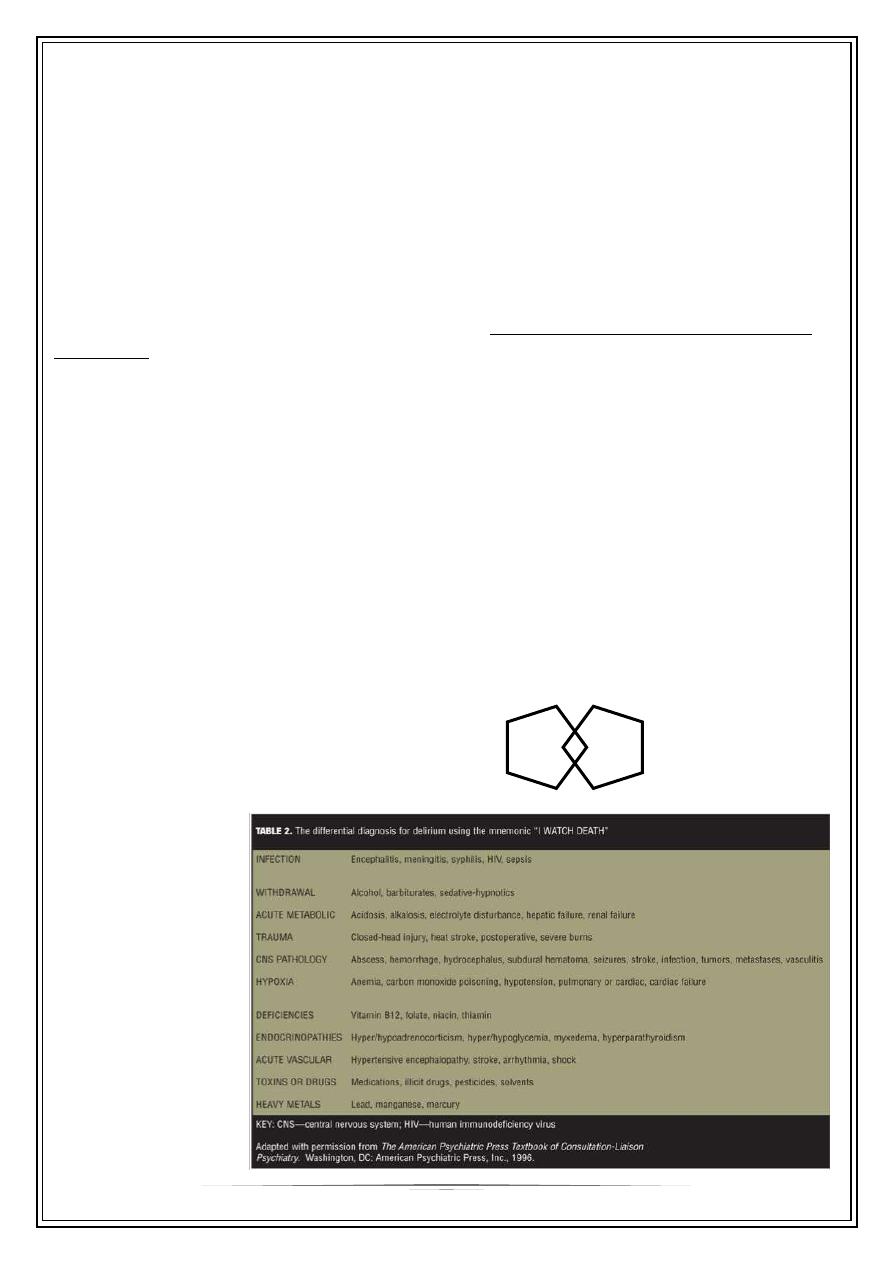
3
•
The diagnosis depends on impairment of consciousness, disorientation, and
fluctuation of the clinical picture.
•
Clock-drawing test provide a rapid screen for the presence and degree of delirium.
•
Minimental state examination is used as screening and diagnostic tool
Clinical case:
44 y/o non-compliant patient:
A 44 y/o male is sustained multiple injures after being hit by a car. Three days
after surgical admission psychiatry is consulted secondary to his variable refusal of care
and an attempted elopement. He is described as intermittently yelling, throwing food,
and RISing .He is homeless, has known mental illness and a history of alcoholism. The
surgical team is asking if he has capacity to refuse care. When you meet with him he is
disoriented to time and circumstance and is often incomprehensible because of
mumbling and tangentiality .
Investigation
•
complete blood count, plasma electrolytes and urea, serum glucose, liver function
tests, and other appropriate tests dictated by the suspected diagnosis
Using the MMSE in delirium
•
Scores < 24 have been suggested to be a threshold
•
4 key questions of the MMSE:
-
Year
-
Date
-
Backward spelling (“DLROW)”
-
Figure copying
“ I watch death
” :
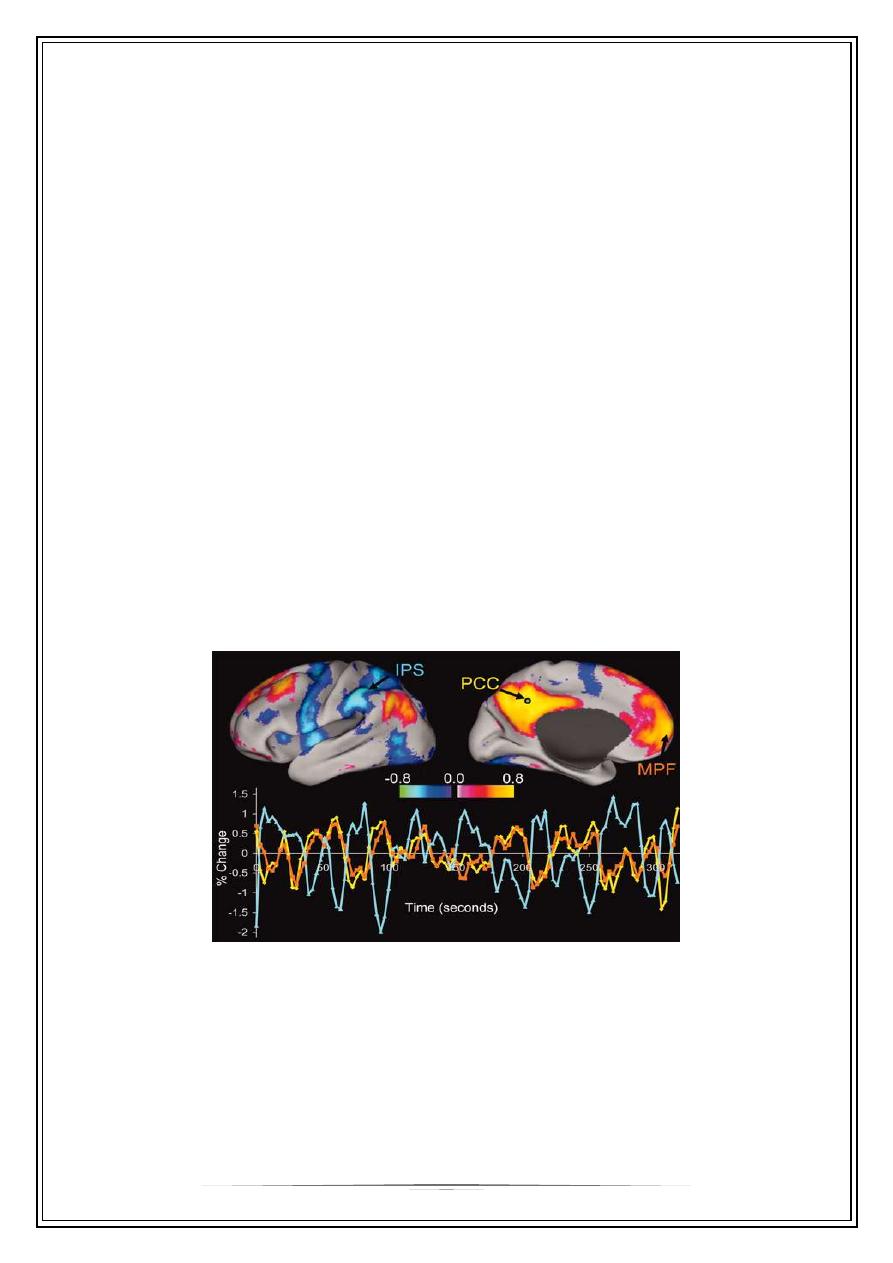
4
Pathophysiology of delirium:
Several hypotheses:
•
Neurotransmitter hypothesis
-
hypocholinergic state
i. supported by deliriogenic effects of anticholinergic medications and
dementia
-
dopamine (and norepinephrine )excess
i. supported by intoxicating effects of numerous dopaminergic agonists
and the beneficial effects of antipsychotics
•
Neuroinflammatory hypothesis
-
elevated cortisol, elevated CRP ,elevated procalcitonin
-
alteration of the BBB and microglia activation disrupts brain function
•
Hypoxia hypothesis
-
disrupted oxygen supply or neurovascular coupling causing neuronal
dysfunction
Functional MRI:
Defining large networks potentially disrupted in delirium
Management
•
There are four main aspects to managing delirium:
•
Identifying and treating the underlying causes
•
Providing environmental and supportive measures
•
Prescribing drugs aimed at managing symptoms
•
Regular clinical review and follow up.
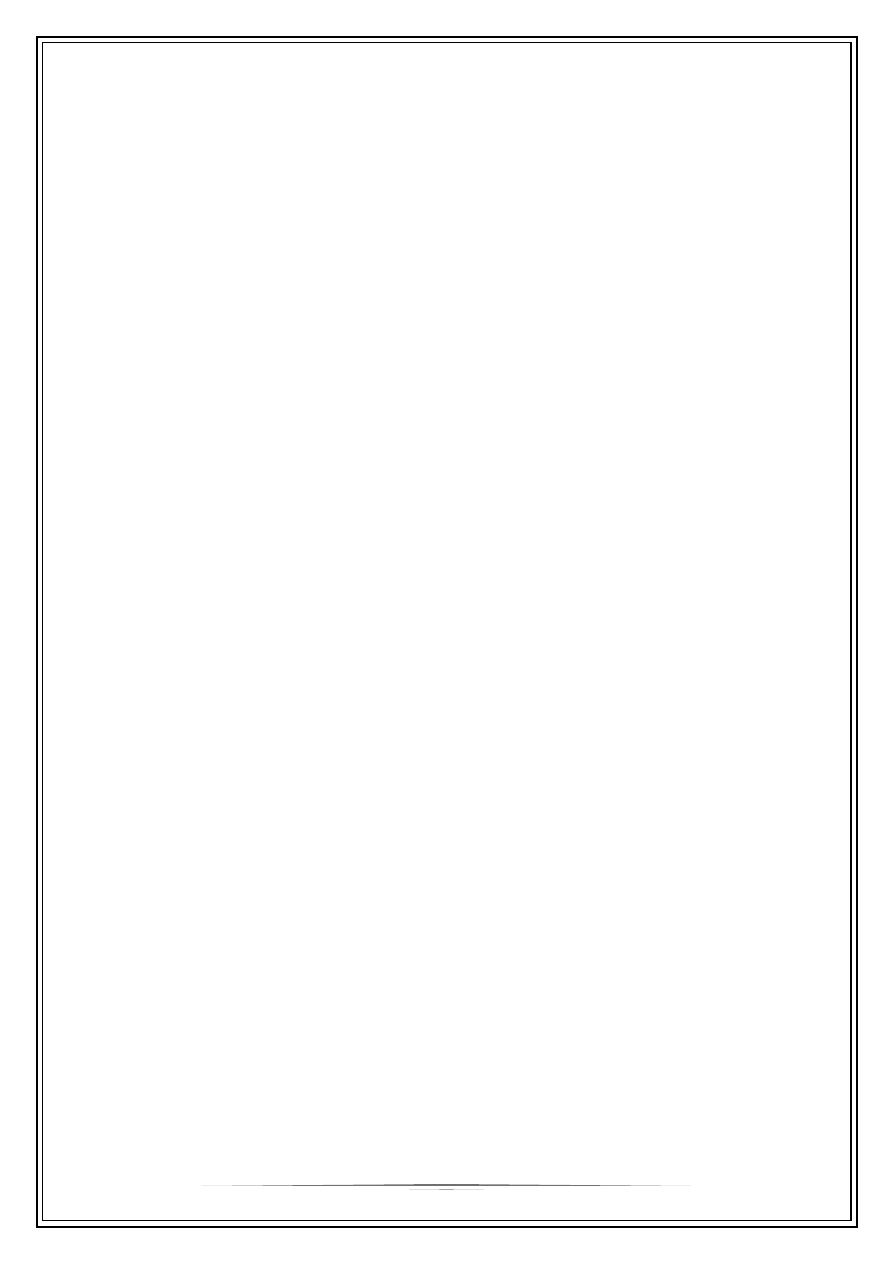
5
•
Good management of delirium goes beyond mere control of the most florid and
obvious symptoms
•
Management of delirium is a medical emergency and includes treatment of the
cause and ABC, observation in quiet surrounding, supportive and reassuring
attitude, and presence of a person familiar to the patient (relative, fried).
•
The room should be comfortably lit, colours are plain, and the furniture is simple.
•
Frequent reorientation to time and place
Environmental and supportive measures in delirium
•
Education of all who interact with patient (doctors, nurses, ancillary staff, friends,
family)
•
Reality orientation techniques
•
Firm clear communication—preferably by same member of staff
•
Use of clocks and calendars
•
Creating an environment that optimises stimulation (adequate lighting, reducing
unnecessary noise, mobilising patient whenever possible)
•
Correcting sensory impairments (providing hearing aids, glasses, etc)
•
Ensuring adequate warmth and nutrition
•
Making environment safe (removing objects with which patient could harm self or
others.
Pharmacotherapy
•
Haloperidol (serenace IV,IM,oral) is the best 0.5-5 mg as a starting dose and can
be increase till the patient is calm ,less in patient with dementia and strock.
•
2-Benzodiazepines:Diazepam,lorazepam or clonazepam
•
3-Intubation,sedation and paralysis using metocurine when other measures fail to
control sever agitation .
•
4-Mechanical restrains when all measures fail and the patient still perform
dangerous maneuvers
Prognosis
•
Prognosis: most patients recover(usually suddenly) without observable sequelae.
•
The mortality rate is 20%
Consequences of delirium
•
Increased length of stay
•
Increased mortality and morbidity
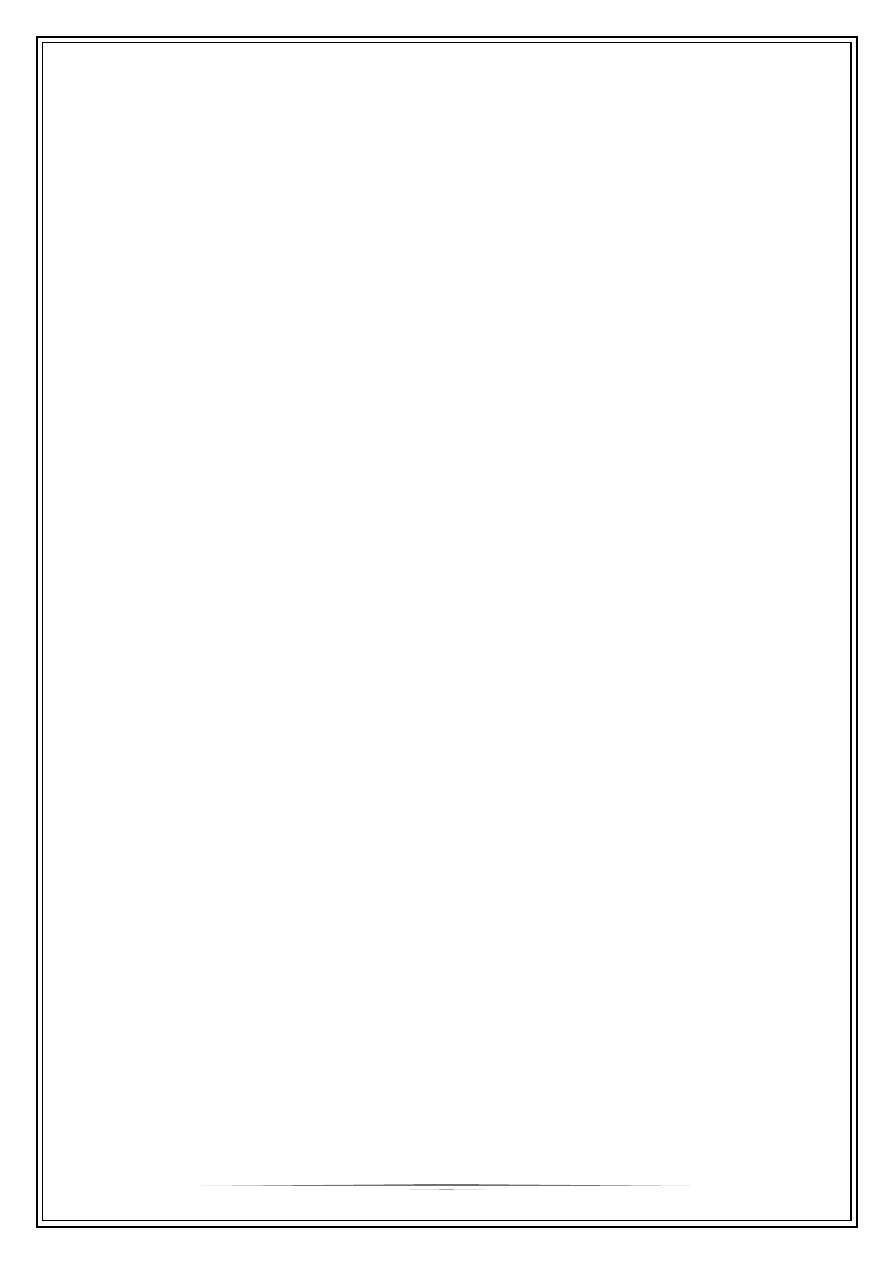
6
-
Perhaps between 25-75%, as high as MI and sepsis
•
Prolonged cognitive difficulties
•
Institutionalization
Thank you ,,,
